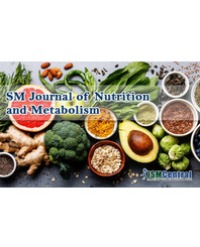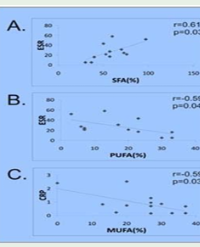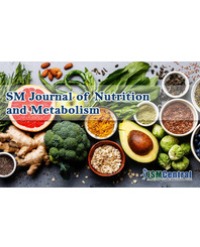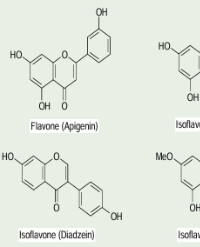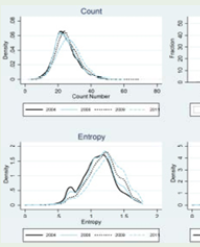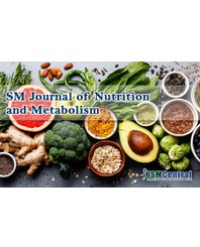This review is intended to provide information on recent research on the nutritional composition of the soybean, how soy can be used in the vegetarian and vegan diet, its use in diet therapy for some diseases, and how isoflavones in the soybean are related to health outcomes. Much research has been focused on the nutritional composition of soybeans in the past 30 years; in particular breeding and genetic engineering have the potential to alter soybeans. The protein, oil, and bioactive components of soy have been closely scrutinized; recent advances and challenges are outlined. The use of soy products has increased dramatically in the U.S. due to recognized correlations with positive health outcomes in those populations who consume much soy food products. Therefore, soy consumption has also been well studied for meeting nutritional needs of vegetarians and vegans, and those with health issues such as chronic kidney disease, cardiovascular disease, diabetes, and cancer. Finally, bioactive components of soybean, including isoflavones, have emerging promise, but there are conflicting results regarding correlations and effects on health outcomes, including reducing menopausal symptoms, reducing risk of bone disease and some cancers. The purpose of this review is to provide information regarding recent advances in the composition of the soybean, its use in health and disease.
Sean O’Keefe1, Laurie Bianchi2 and Jyotsna Sharman2*
